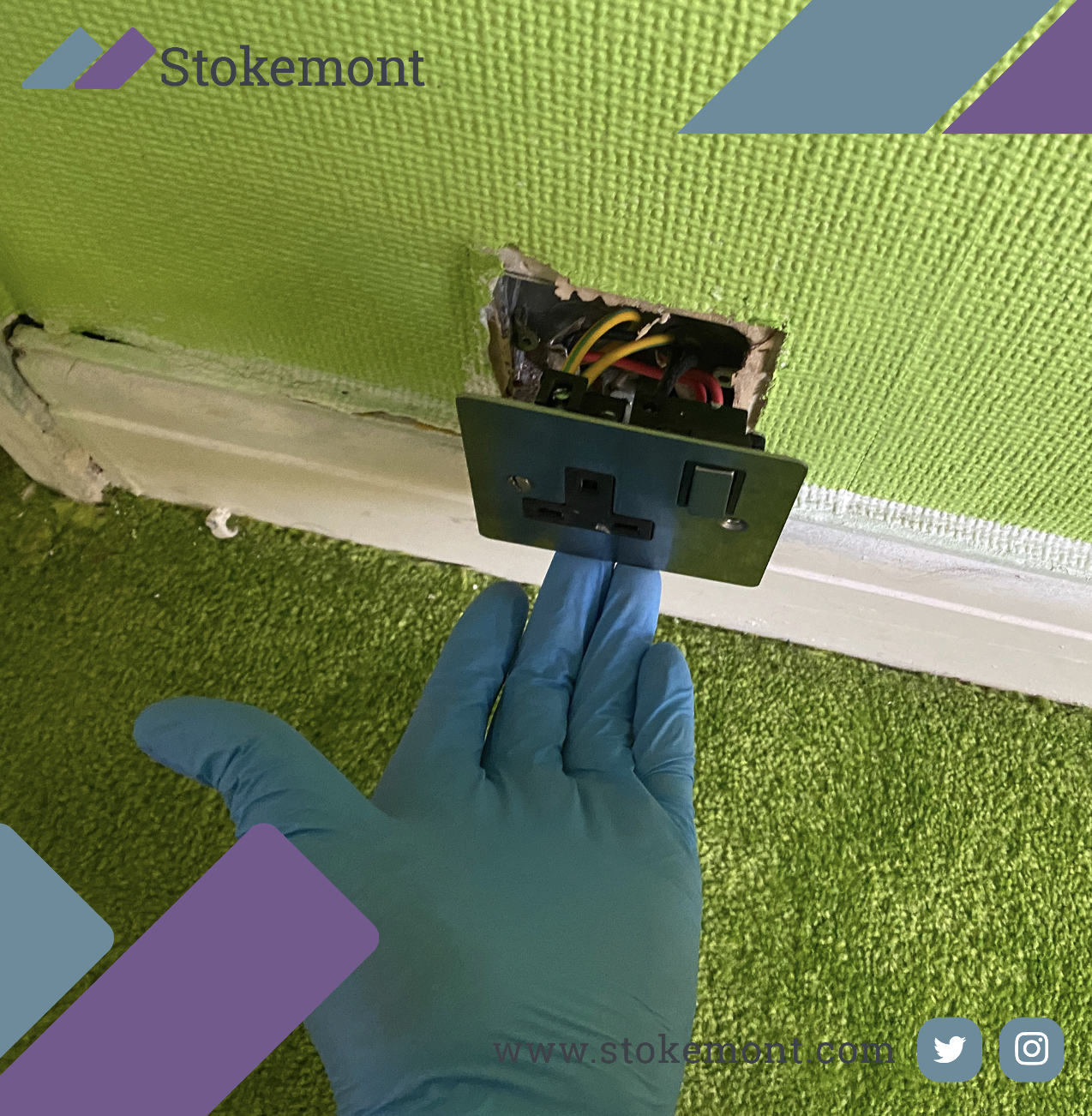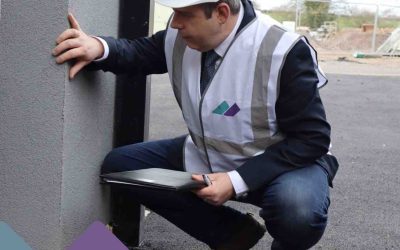Dilapidations are one of the common services we provide here at Stokemont, Dilapidations enable a landlord to ensure that they are given their commercial property back in a reasonable and fair condition.
During the tenant’s occupancy of the landlord’s property, their lease will specify that their maintenance obligations are fully repairing and insuring.
This commonly abbreviated to FRI. In short, this means that the tenant not only needs to insure the premises, they will also need to repair any defects and issues that arise during the course of their tenure and tenancy.
It should also be worth noting, that there are certain leases that can also specify and require the tenant to yield up property at the end of the tenancy.
Yielding up means that the tenant needs to give the property back to the landlord in a modern condition, in many cases often meaning that they need to undertake some form of betterment to the property before handing it back to their landlord.
The entire principle behind an FRI lease, is that the landlord is not left in a position whereby the tenant departs a property, the landlord then having to undergo extensive and costly repair. These repairs not only requiring the landlord to fork out money in the first instance but also resulting in a prolonged period of vacancy and no income rent.
Dilapidations can be far and wide, and really depend on the property that is being leased, along with the activity that the tenant has undertaken within that property.
Typical Dilapidations
Typical dilapidations and issues that we have seen over the years are as follows:
- Tenant installations remaining in-situ.
- Defective external facades and roofs.
- Decorative imperfections internally.
- Dilapidated and out of date services (kitchens and bathrooms).
- Damage as a result of customer footfall.
- Tenant signage remaining in-situ.
- Tenant items and belongings remaining in-situ.
- Damage to landlord’s installations.
All of these will significantly bear with them cost that the landlord will need to take into account at the end of the tenant’s occupancy, or approaching the end of their lease.
Typically speaking, it is for the landlord to undertake a Schedule of Dilapidations of their property.
This will involve a commercial building surveyor visiting the property, setting out all of the various defects and issues that they notice. They will then present this to the landlord, and in turn the tenant through the medium of a Schedule of Dilapidations, or Dilapidations Report.
The tenant will then be given the opportunity to review, comment, agree or dispute the Schedule that the landlord’s surveyor has prepared.
This is often done by their own building surveyor, in an effort to aid smooth resolution and agreement.
Once the discussions or negotiations have taken place, the tenant will then either agree to rectify and make good.
Alternatively, they will pay their landlord a sum of money, for them to then undertake the necessary repair work.
It should be worth noting that dilapidations are not just limited to cost of repair.
They can also include costs and fees arising through the need to undertake the work.
Dilapidations Costs
These costs and fees include however are not limited to;
- Contractor preliminaries.
- Statutory consents.
- Temporary parking suspensions.
- Street access licenses.
- Professional fees.
- Material delivery costs.
- Vacancy periods.
- Professional management of the works.
- Other associated costs.
All of these costs will ultimately be borne by the tenant, with the landlord definitively not being less out of pocket for the tenant’s breach of their lease.
If you would like to discuss dilapidations reports with our team of experienced and qualified building surveyors, please feel free to get in touch today.




